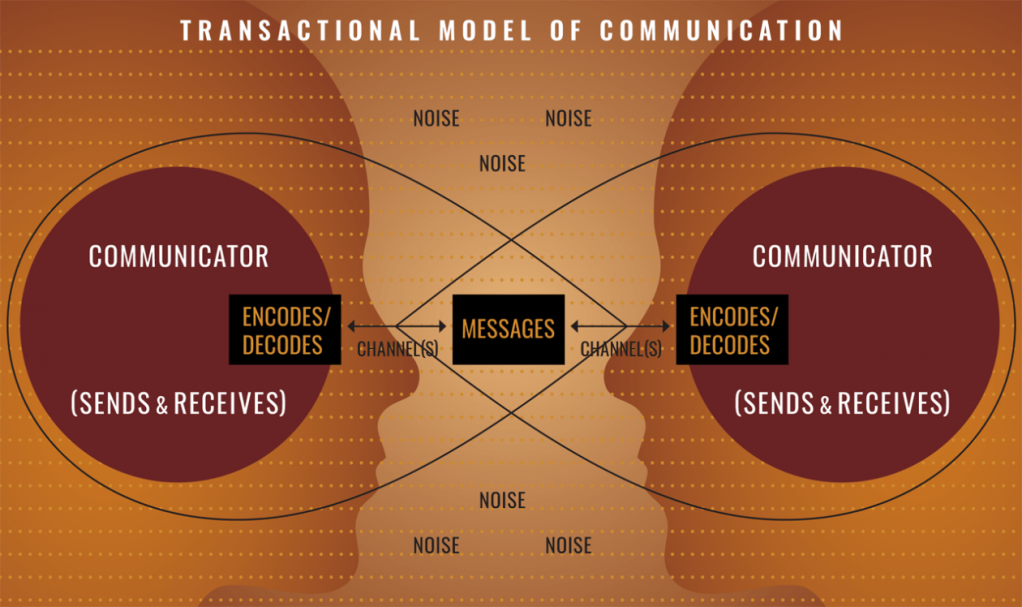
In 2010, a group of classmates from the Wharton School of the University of Pennsylvania created a business based on dissatisfaction about the available options of prescribed eyeglasses. They are Neil Blumenthal, Andrew Hunt, David Gilboa, and Jeffrey Raider. They founded Warby Parker.
Method: Try Before You Buy It
The company used an innovative method to capture customer attention. It was the option to try five pairs of glasses in the comfort of their homes before deciding what to buy. “Warby Parker developed a “Home Try-On Campaign” where consumers are able to order five pairs of glasses online, which are shipped to the customer’s home to try on at no charge (Mahoney, 2017).”
Save Time and Money
People don’t have to rush to decide while they are in the eye doctor’s office. In the same way, the costs of lenses and frames are usually high, but in Warby Parker, they could find the glasses at a lower cost.

Transactional Communication
“Warby Parker is consistently communicating with, and responding to, customer comments on their social media platforms. They regularly prompt customers to participate with user-generated content by asking them to post pictures of themselves wearing the glasses on Facebook, Twitter and Instagram (Mahoney, 2017).” Transactional communication is used daily.
1.How does social media technology aid Warby Parker’s alternative business model for selling prescription eyeglasses? What challenges would the company have faced in a traditional media environment?
Warby Parker’s business model for selling prescription eyeglasses was a success thanks to social media. The company was not the traditional “brick and mortar” store. Social media was fundamental to make the business work. The company wanted to help as many people as possible. Social media is the way to reach more people fast, while traditional media is a one-way communication and makes it difficult to dialog with customers.
2. How is Warby Parker using social media to promote transactional communication with customers, rather than more linear advertising? What role does user-generated content play in this process?
“The company used to prompt users to share their positive experiences with friends. Not only does this become a part of their new schemata of interpretation, it allows new customers to hear about the product through an already trusted source, rather than through a business’s self-promotion (Mahoney, 2017).” Because many people had doubts if they could trust an online eye glasses company, seeing social media posts from ordinary people who were satisfied helps them believe in the concept. User generated content plays an important role. Customers posted pictures of themselves wearing the glasses on different social media platforms.
3. What elements of Warby Parker’s social media marketing strategy help reduce dissonance for consumers that are considering switching eyeglass brands? How does the socially conscious business strategy help provide an alternative narrative that they can share with their social network?
To reduce dissonance, word-of-mouth helped consumers to stay loyal to the company and not switch to the traditional eyeglass brands. By donating a pair of glasses to charity for each one they sell, the company promotes good will with its customers. This socially conscious strategy proves that the company cares about people, not only its profits.
References
Mahoney, T., & Tang, T. (2017). Strategic Social Media: From Marketing to Social Change.
Transactional Model of Communication (2017). Communication Coach Alex Lyon.
YouTube video.
Retrieved from: https://www.youtube.com/watch?v=6d7w5CRnf7k


